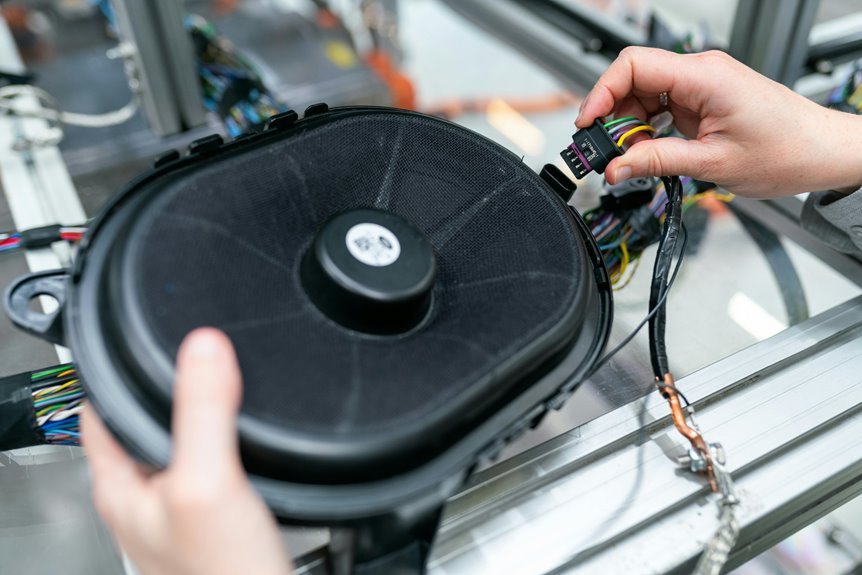Audio Verification Unit 3205742057 3206361803 3515414021 3511475322 3291767720 3333879522

The Audio Verification Unit, encompassing models 3205742057, 3206361803, and others, represents a significant advancement in security technology. Its voice recognition capabilities ensure high-quality audio and secure communication through robust encryption. This unit serves multiple industries, particularly in healthcare and finance, addressing the growing need for identity verification. However, the implications of its implementation extend beyond basic security measures, prompting a closer examination of its evolving role in safeguarding sensitive information.
Key Features of Audio Verification Units
As organizations increasingly rely on secure communication, the key features of Audio Verification Units (AVUs) play a vital role in ensuring effective authentication processes.
High audio quality is essential for accurate voice recognition, enhancing security measures against unauthorized access. Additionally, robust encryption protocols safeguard transmitted data, ensuring privacy.
These features collectively strengthen organizational security while maintaining a user-friendly interface for seamless communication.
Benefits of Implementing Audio Verification
Implementing audio verification offers organizations a range of significant benefits that enhance security and streamline operations.
This technology provides robust security enhancement by effectively verifying identities, thus reducing unauthorized access.
Additionally, it plays a crucial role in fraud prevention, minimizing the risk associated with identity theft and fraudulent activities.
Use Cases Across Various Industries
Audio verification technology finds diverse applications across various industries, enhancing security and operational efficiency.
In healthcare applications, it ensures patient identity verification, reducing fraud risks.
Simultaneously, in the financial sector, audio verification fortifies financial security by authenticating transactions and preventing unauthorized access.
These use cases demonstrate the technology’s ability to provide robust solutions to critical challenges in both fields, promoting trust and safety.
Future Trends in Audio Verification Technology
How will advancements in artificial intelligence and machine learning shape the future of audio verification technology?
The integration of deep learning techniques will enhance voice biometrics, enabling more accurate and secure identification processes.
Future systems may leverage real-time learning to adapt to diverse vocal characteristics, thereby increasing reliability.
This evolution promises to empower users with greater control over their audio data while ensuring security and privacy.
Conclusion
In a landscape where security breaches loom large, the Audio Verification Unit stands as both a shield and a beacon of trust. While traditional verification methods falter under the weight of sophisticated threats, these advanced units leverage cutting-edge voice recognition to ensure robust identity verification. As industries grapple with the dual imperatives of security and efficiency, the juxtaposition of high audio quality and stringent encryption protocols delineates a future where sensitive data is rigorously protected against unauthorized access.




